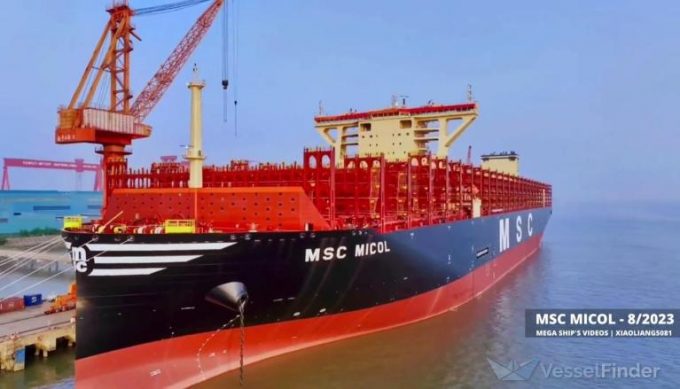The post-tariff evolution of MSC's transpacific network
Since the shift in alliances earlier this year, Gemini duo Maersk and Hapag-Lloyd have been ...

Newbuild 24,000 teu ultra-large container vessels are now being idled as soon as they are delivered in Asia, as carriers are obliged to blank more sailings due to weakening demand.
According to a research note from Alphaliner today, the 2023-built 24,346 teu MSC Micol was scheduled ...

Comment on this article